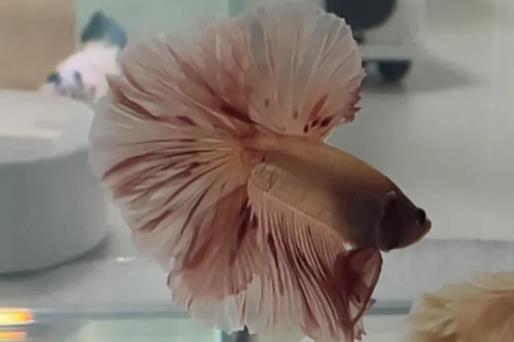Ideal Water Temperature Range for Betta Fish and Related Recommendations
I. Optimal Temperature Range
Core Interval: The golden temperature zone is 24–28°C (75–82°F), with 26°C (79°F) being the "royal-level temperature" where metabolism is most active.
Official Standard: The Technical Specifications for Ornamental Fish Farming issued by the Ministry of Agriculture and Rural Affairs explicitly recommends 22–28°C (72–82°F), while fry require more precise control at 24–26°C (75–79°F).

II. Risks of Extreme Temperatures
Cold Temperature Hazards:
Appetite decreases below 20°C (68°F), and bettas may enter hibernation or die below 15°C (59°F).
Metabolism plummets below 12°C (54°F), potentially causing deformities over time.
High Temperature Hazards:
Dissolved oxygen levels drop above 30°C (86°F), and organ failure may occur above 32°C (90°F).
At 35°C (95°F), gill oxygen absorption capacity is halved, increasing the risk of oxygen deprivation and flipping.
III. Seasonal Management Tips
Summer: Avoid direct sunlight and use physical cooling to maintain ≤28°C (82°F).
Winter: Use a heater to maintain a constant temperature, with fluctuations no more than 3°C (5.4°F).
Breeding Period: Raise the temperature to 26–28°C (79–82°F) to boost hatching rates.
IV. Equipment and Precautions
Essential Tools: Use a heater and thermometer for dual monitoring, and ensure water temperature differences during changes are ≤1°C (1.8°F).
Stability is Key: Sudden changes exceeding 3°C (5.4°F) can trigger stress responses.
Recommendation: Monitor water temperature regularly, and maintain stricter control for fry and during the breeding period.
Notes:
Temperatures are converted to Fahrenheit for American readability, with metric units retained for precision.
Key terms (e.g., "royal-level temperature") are phrased to balance technical accuracy and engaging language.
Bullet points and headings enhance skimmability while maintaining information hierarchy.
